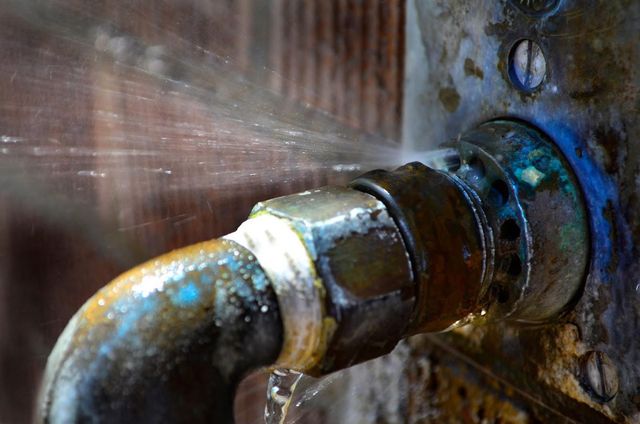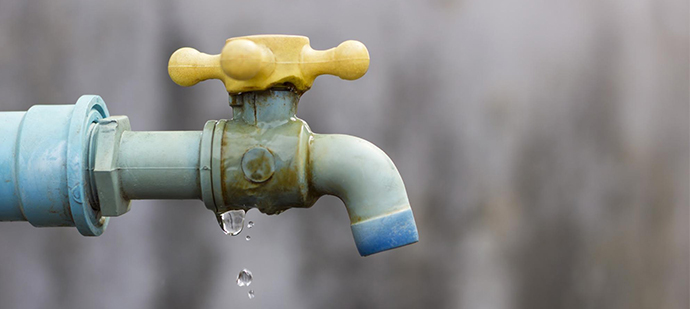Every person maintains their personal rationale in relation to Finding hidden leaks.

Early detection of leaking water lines can reduce a possible calamity. Some little water leaks may not be visible.
1. Analyze the Water Meter
Every home has a water meter. Checking it is a surefire manner in which helps you discover leakages. For starters, shut off all the water resources. Ensure nobody will flush, use the tap, shower, run the cleaning device or dishwashing machine. From there, go to the meter and also watch if it will certainly change. Given that nobody is using it, there ought to be no activities. That suggests a fast-moving leak if it relocates. If you discover no adjustments, wait a hr or 2 and examine back once again. This indicates you might have a slow-moving leak that can even be underground.
2. Inspect Water Intake
Examine your water costs as well as track your water intake. As the one paying it, you should discover if there are any type of inconsistencies. If you spot sudden changes, regardless of your usage coinciding, it indicates that you have leaks in your plumbing system. Keep in mind, your water bill should fall under the very same range on a monthly basis. An abrupt spike in your costs shows a fast-moving leakage.
A steady rise every month, even with the very same practices, reveals you have a slow leak that's also slowly intensifying. Call a plumber to thoroughly check your home, specifically if you really feel a cozy location on your flooring with piping beneath.
3. Do a Food Coloring Test
When it comes to water consumption, 30% comes from bathrooms. If the shade in some way infiltrates your dish during that time without flushing, there's a leakage between the storage tank as well as bowl.
4. Asses Exterior Lines
Don't fail to remember to examine your exterior water lines also. Needs to water permeate out of the link, you have a loose rubber gasket. One small leak can throw away lots of water as well as surge your water expense.
5. Examine and Analyze the Scenario
Property owners need to make it a behavior to inspect under the sink counters and also inside cupboards for any bad odor or mold and mildew growth. These two warnings show a leakage so timely focus is needed. Doing routine evaluations, also bi-annually, can save you from a significant issue.
Extra importantly, if you recognize your home is currently old, maintain a watchful eye on your heaters, tubes, pipes etc. Look for discolorations and deteriorating as many pipelines and also appliances have a life span. They will certainly additionally naturally wear away due to damage. If you think dripping water lines in your plumbing system, don't await it to intensify. Call a specialist plumber today so you don't wind up with a terrible mess in your home.
Early detection of leaking water lines can alleviate a prospective calamity. Some tiny water leaks might not be noticeable. Examining it is a proven means that aids you uncover leakages. One small leak can squander loads of water and increase your water costs.
If you presume leaking water lines in your plumbing system, don't wait for it to rise.
WARNING SIGNS OF WATER LEAKAGE BEHIND THE WALL
PERSISTENT MUSTY ODORS
As water slowly drips from a leaky pipe inside the wall, flooring and sheetrock stay damp and develop an odor similar to wet cardboard. It generates a musty smell that can help you find hidden leaks.
MOLD IN UNUSUAL AREAS
Mold usually grows in wet areas like kitchens, baths and laundry rooms. If you spot the stuff on walls or baseboards in other rooms of the house, it’s a good indicator of undetected water leaks.
STAINS THAT GROW
When mold thrives around a leaky pipe, it sometimes takes hold on the inside surface of the affected wall. A growing stain on otherwise clean sheetrock is often your sign of a hidden plumbing problem.
PEELING OR BUBBLING WALLPAPER / PAINT
This clue is easy to miss in rooms that don’t get much use. When you see wallpaper separating along seams or paint bubbling or flaking off the wall, blame sheetrock that stays wet because of an undetected leak.
BUCKLED CEILINGS AND STAINED FLOORS
If ceilings or floors in bathrooms, kitchens or laundry areas develop structural problems, don’t rule out constant damp inside the walls. Wet sheetrock can affect adjacent framing, flooring and ceilings.
https://www.servicemasterbyzaba.com/blog/how-to-detect-water-leakage-in-walls/

Do you enjoy reading up on Finding hidden leaks? Post feedback below. We would be pleased to know your opinion about this review. In hopes to see you back again soon. Sharing is nice. Helping people is fun. Thanks a bunch for your time. Kindly come visit our website back soon.